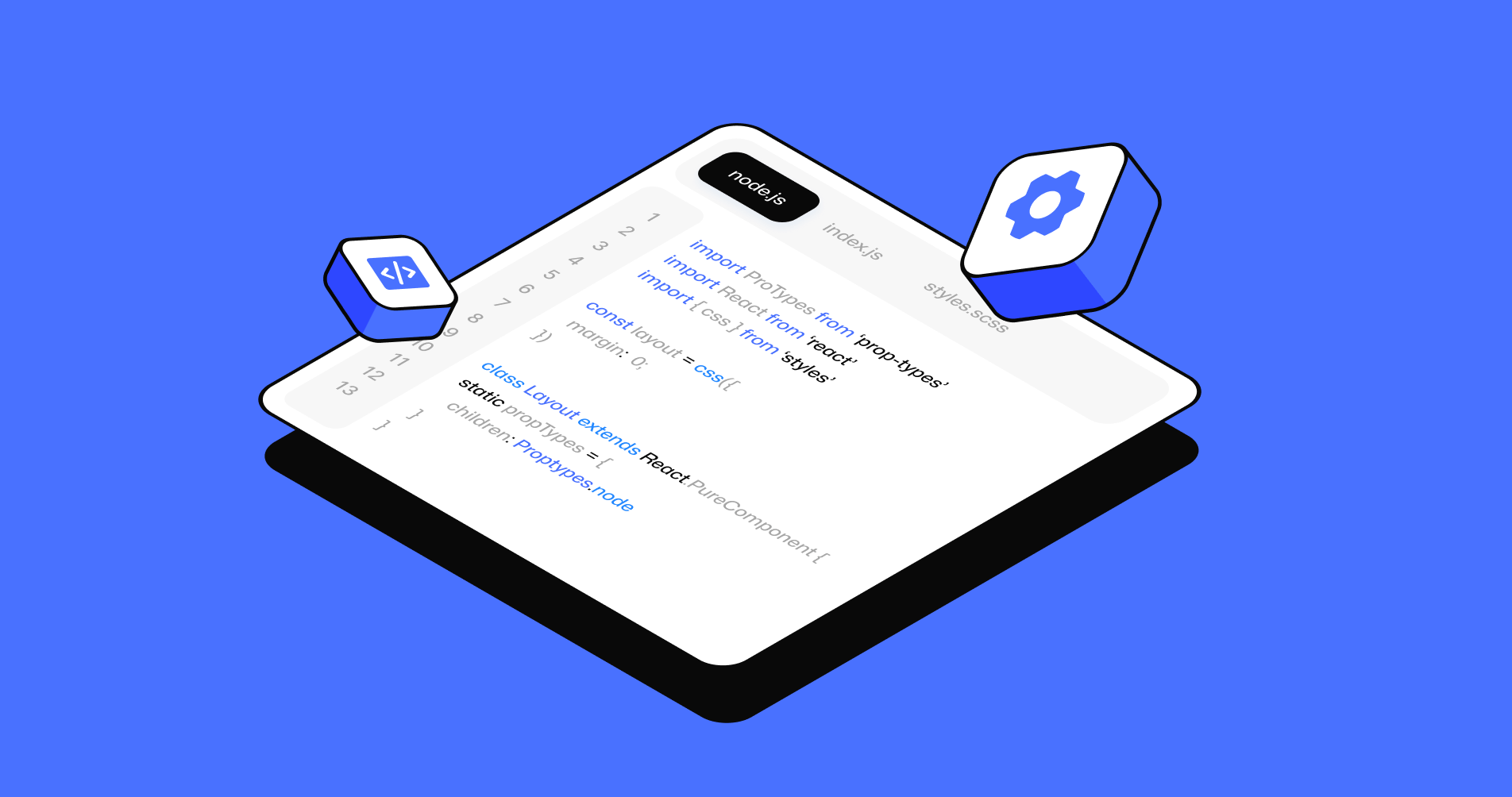Building Self-Adaptive Scrapers That Learn from Changes in Web Layouts Introduction
Learn how self-adaptive web scrapers detect layout changes, adapt in real time, and ensure reliable data extraction.

When you rely on web data, one small front-end tweak can make a carefully built scraper stumble like a tourist reading a sideways subway map. That is why self-adaptive scrapers matter. They learn from the page itself, adjust to changes in structure, and keep the data flowing without constant babysitting.
For teams who want reliable inputs for AI market research, the goal is not invincible code. The goal is observant, resilient systems that treat every page load like a new puzzle, then solve it quickly and politely. You want software that can smell layout drift, reason about meaning rather than pixels, and recover with minimal fuss.
What Self-Adaptive Scrapers Are
Self-adaptive scrapers are extraction systems that observe page structure, compare it to expectations, and adjust their parsing behavior in real time or near real time. They blend rules with models, heuristics with statistics, and they treat the Document Object Model as a living thing.
Instead of anchoring to one brittle selector, they infer intent from multiple cues, keep a memory of successful patterns, and continuously validate output quality against known constraints.
The Problem with Static Selectors
Static CSS selectors are like tight shoes. They fit great until the slightest change. A new wrapper div appears, a class name rotates, or an element shuffles across the DOM, and suddenly your pipeline is full of empties. The result is noisy alerts, weekend firefighting, and a creeping loss of trust in the data.
Adaptive systems avoid this trap by reading context, not just coordinates. They triangulate targets using structure, neighbors, text semantics, and historical patterns, which keeps them upright when the floorboards move.
Thinking in Signals, Not Pixels
Pages emit signals. There are semantic roles, ARIA labels, microdata and JSON-LD, language hints, URL patterns, and typographic quirks that repeat across templates. Adaptive scrapers gather these signals as weak evidence, then combine them to reach confident conclusions. The idea is simple. No single hint is sacred. Ten small hints can beat one brittle rule.
Core Architecture of a Learning Scraper
A self-adaptive system has three pillars. There is a modular parser layer that can be swapped or upgraded without rewiring the universe. There is a learning layer that scores candidate elements and predicts mappings from page structure to your schema. There is a feedback loop that checks extracted data against quality constraints, then feeds corrections back to the models.
Modular Parsers with Schema Awareness
The parser should think in terms of your target fields. It is easier to adapt when the system knows it must find Title, Price, Description, and Timestamp rather than hunting for generic nodes. Schema awareness turns the problem into a series of field-finding puzzles, which makes learning and debugging cleaner. Each field can have multiple strategies with priority and fallbacks, and each strategy can be versioned so you can compare outcomes over time.
DOM Heuristics and Semantic Cues
Heuristics still matter. Good ones include consistent ancestors for key fields, label proximity, characteristic text patterns, and stable siblings that survive class shuffles. Combine those with semantic cues like microformats, Open Graph tags, and structured data blocks. Even when layout shifts, these hints often stay. A scoring model can weigh them to rank candidates, then output the best match with a confidence score.
Feedback Loops and Retraining
Extraction without feedback is guesswork in a lab coat. You need contracts, validators, and anomaly detectors. If the median price jumps to zero, if titles become empty, or if language switches unexpectedly, the system should flag the batch, quarantine it, and propose alternative strategies that pass validation in shadow mode. Approved corrections flow back as training signals so the model quickly learns what went wrong and what worked.
Detecting Layout Drift Early
The best fix is the one you never need. Early drift detection makes small changes trivial and big changes manageable. Think of it as smoke detection for the DOM.
Lightweight Change Detection
Hash the structural skeleton of pages, not the raw HTML. For example, reduce the DOM to a tree of tag names, depth, and landmark roles. Keep a rolling baseline per domain or template family. When the structural hash moves beyond a threshold, run canary extractions with expanded strategy sets, log confidence deltas, and raise a quiet alert before the nightly job turns loud and red.
Semantic Stability Checks
In addition to structure, watch the meaning. If your product pages always contain a price and a unit, verify both. If a blog entry normally displays author and publish date near the header, test for those anchors. These semantic checkpoints catch sneaky failures where the page still looks familiar, yet your parser is carefully extracting the wrong thing.
Learning Strategies That Actually Work
Training data is the fuel. Getting enough of it without drowning in annotation cost is the puzzle. Smart shortcuts help.
Weak Supervision and Distant Labels
Use catalog metadata, sitemaps, and historical versions as noisy labels. For instance, when a page publishes structured data alongside the rendered content, align the two to bootstrap field mappings. Noise is acceptable. The learning loop filters it over time. The model is not searching for perfection on day one. It is building a compass that gets stronger with every round trip.
Pattern Libraries and Templates
Sites reuse patterns. Catalog them. Store normalized templates that capture common layouts with optional slots. When a new page shows similar topology and text markers, snap to the closest template and adapt from there. A good pattern library turns unknown pages into familiar cousins, which shrinks the search space and boosts accuracy.
Active Learning with Human in the Loop
A little targeted guidance goes a long way. When confidence falls in the gray zone, select a small batch and ask for quick verification. Use short tasks that map fields rather than full document annotation. Feed those answers back immediately. The model learns what matters for your domain and grows a backbone that resists cosmetic layout changes.
Robustness in the Wild
Polite robots live longer. Adaptive scrapers need resilience not only to layout shifts but also to the realities of the modern web.
Anti-Bot Defenses and Politeness
Rotate user agents sensibly, obey robots.txt, throttle aggressively, and keep request patterns gentle. A steady heartbeat of lawful behavior gets you fewer captchas and more stable runs. If a site offers an official API with adequate fields, prefer it. If not, keep browser automation as a last resort for pages that require script execution, and treat every headless session like a precious resource with strict timeouts and resource limits.
Headless Browsers and API Back Doors
Some pages refuse to render critical content without client scripts. Headless browsers can help, but they are heavier than simple HTTP and HTML parsing, so use them sparingly. Whenever possible, discover the data requests that power the front end and replicate those calls directly. This hybrid approach preserves fidelity without burning CPU cycles on full page rendering.
Data Quality and Governance
Perfect extraction with messy governance still produces headaches. Treat quality as a product.
Schemas, Validation, and Drift Tolerance
Define a strict schema with allowed ranges, formats, and nullability rules. Add soft constraints that measure distribution drift. A parser that returns plausible nonsense should not sneak into your warehouse. Build a staging zone where new extractions face validators, anomaly detectors, and sample reviews before promotion to production datasets.
Observability and Incident Response
Scrapers deserve dashboards. Surface throughput, failure rates, confidence scores, and validation outcomes. Track per-site health and per-field stability. When something breaks, you want a short path from alert to actionable context. Store failing pages and parser decisions so engineers can reproduce problems and confirm fixes without guesswork.
Performance and Cost Tuning
Speed and cost are part of quality. A graceful system delivers fresh data without heating the office.
Caching, Scheduling, and Backoffs
Cache everything that does not change often. Respect freshness windows per site and content type. Stagger runs to avoid traffic spikes. Implement exponential backoff and circuit breakers so transient failures do not escalate into denial-of-service behavior with your logo on it. Measure the marginal value of recrawling and adjust schedules to chase novelty rather than habit.
Security and Compliance Considerations
Security is not a garnish. Store credentials in a secrets manager. Rotate them. Keep a clear audit trail of what was accessed, when, and why. Comply with site terms and regional regulations, and document your lawful basis for collection. When users can opt out, honor it. Build a purge path that deletes data across storage layers. A trustworthy pipeline respects boundaries while still delivering insight.
Bringing It All Together
A self-adaptive scraper is less about one clever trick and more about a disciplined stack. You combine schema-aware parsing, signal-rich scoring, early drift detection, and feedback loops that never sleep. You add observability, strong governance, and a deliberate approach to performance.
The result is a system that keeps its footing when the web rearranges the furniture. It catches issues early, learns continuously, and treats your data consumers to calm mornings rather than surprise outages. That steadiness is the real competitive edge.
Conclusion
Scrapers do not need superpowers. They need curiosity, humility, and a short memory for failure. Build systems that watch for change, test their own output, and learn from gentle nudges. Favor signals over brittle rules, schemas over guesswork, and feedback over faith.
Add observability that tells the truth quickly, and treat performance as part of reliability rather than a separate hobby. You will end up with extraction that bends without breaking, gets smarter with every crawl, and earns trust one validated field at a time.
Subscribe to our newsletter
Get regular updates on the latest in AI search





.png)

